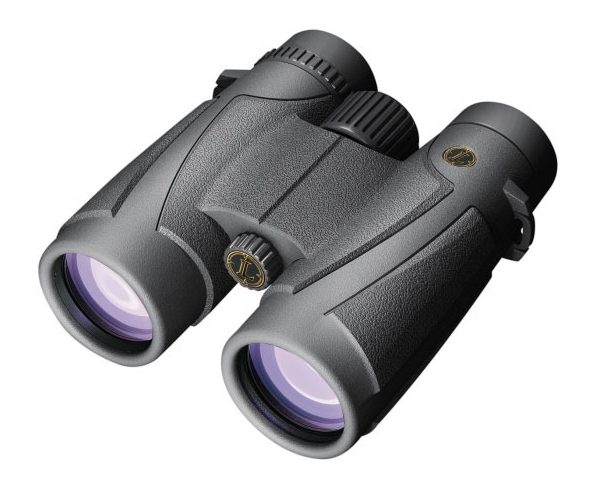
In both examples, the center of the original images contains more details than the outer parts. To further demonstrate the potential of our approach, we used the test image “Lena” ( 24) and a Siemens star as targets ( Fig. Nonetheless, using different lenses is still justified as long as the resolution is pixel-limited and a redistribution of sensor spatial bandwidth is desired. MTF curves for the systems with FOVs of 40° to 70° show a similar optical performance in object space as a result of more similar f numbers ( Table 1) and geometries. Off-axis MTF measurements of very similar lenses can be found in Gissibl et al. However, some field-dependent aberrations, such as field curvature, can be minimized by readjusting the back focal distance for each of the doublet lenses individually. Because the lenses for the outer zones of the foveated image are used off-axis, less MTF contrast has to be expected and imaging might not be pixel-limited in every case. Because of the variation in magnification, the aliasing in the case of wide FOV systems is the limitation on angular resolution. More specifically, the pixel response function strongly suppresses all spatial frequencies above the ones indicated by the vertical lines. All systems deliver more than 10% of contrast at the physical limits of the sensor, which means that the resolution is limited by pixel pitch. The dashed vertical lines indicate the theoretical resolution limit due to the pixel pitch of the imaging sensor. Compared to the design MTF, which is diffraction-limited or close to the diffraction limit, there is a significant loss in contrast, which can be explained by imperfect manufacturing. As expected, systems with longer focal lengths and smaller FOVs exhibit higher object space contrast at higher resolutions because of their telephoto zoom factor. The aim of this work is to further unleash the potential of this technology by creating a multiaperture foveated imaging system.įigure 3 compares the normalized on-axis modulation transfer function (MTF) contrast as a function of angular resolution in object space for the four different lenses after measurement with the knife edge method. ( 11) were the first to demonstrate multicomponent objective lenses directly printed onto a complementary metal-oxide semiconductor (CMOS) imaging sensor in a single step.



The main advantages compared to traditional fabrication methods, such as microprecision machining ( 12), nanoimprint lithography, or traditional wafer-level approaches, are an almost unrestricted design freedom, one-step fabrication without the necessity for subsequent assembly and alignment, and the flexibility to write on arbitrary substrates. Hybrid refractive-diffractive components ( 8), hybrid free-form lenses that are directly printed onto optical fibers ( 9), or even multicomponent optical systems ( 10, 11) exhibit a huge potential for many fields of application. While the first publications covered single optical components, such as microlenses ( 1), diffraction gratings ( 2), waveguides ( 3), free-form surfaces ( 4, 5), phase masks ( 6), or photonic crystals ( 7), the field has considerably developed in terms of complexity.

Direct three-dimensional (3D) printing of micro-optical and nano-optical components by femtosecond direct laser writing has recently revolutionized the field of micro-optics.


 0 kommentar(er)
0 kommentar(er)
